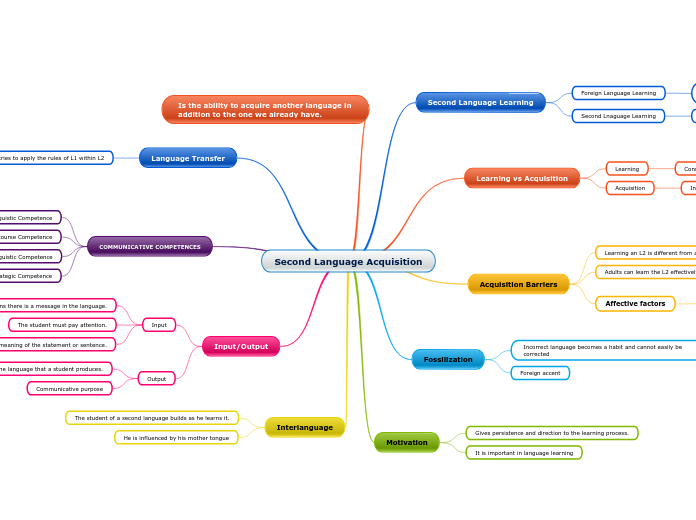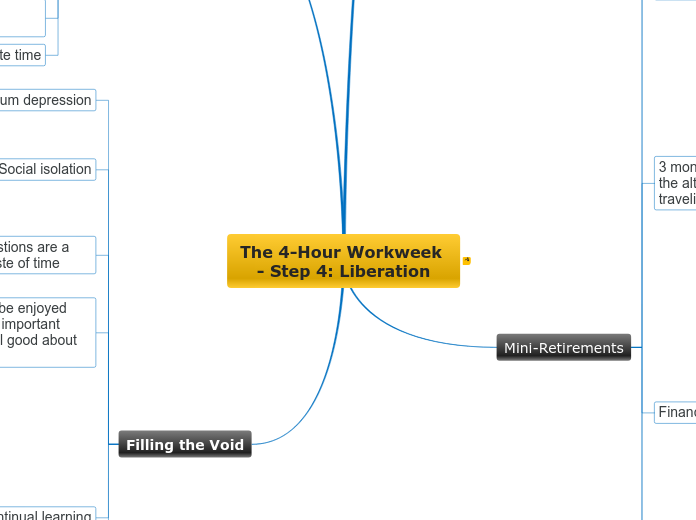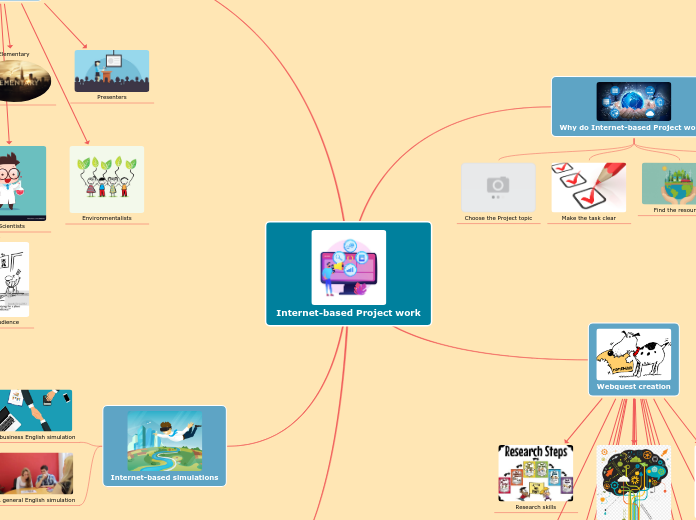por William Penberthy 11 anos atrás
388
Module 5 E-Learning
Worked examples are instructional tools that provide a step-by-step demonstration of how to perform a task or solve a problem. They are designed to facilitate learning transfer, whether it be far transfer, which involves teaching broader strategies, or near transfer, which allows learners to understand a task based on their knowledge of a similar one.









